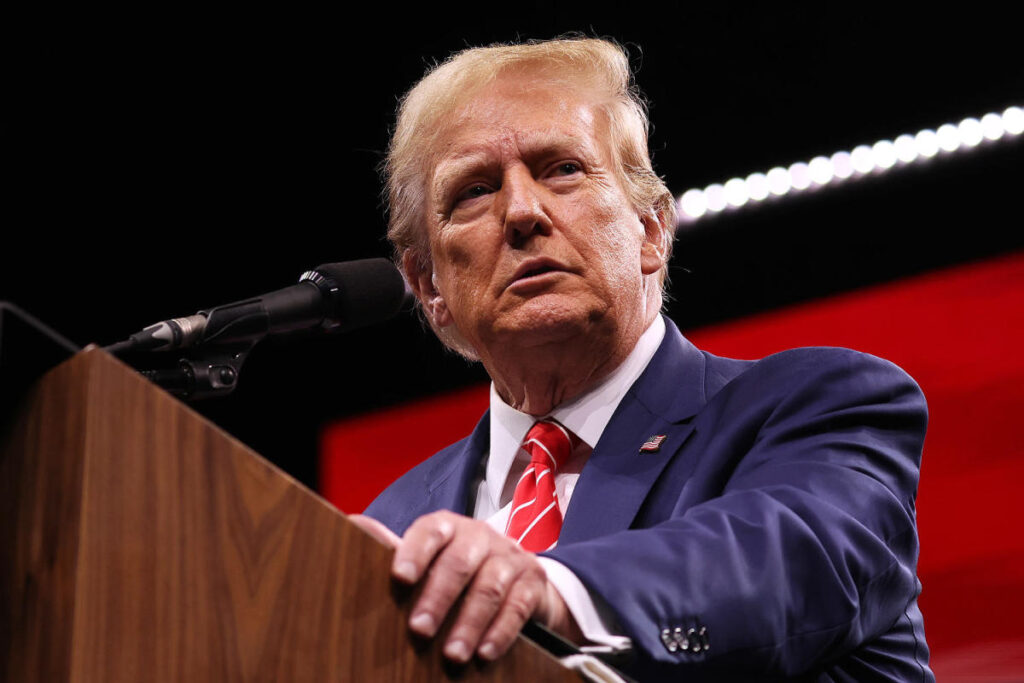In the final stretch leading up to the presidential election, former President Donald Trump and Vice President Kamala Harris have adopted contrasting media strategies that reflect their respective campaign goals. Trump’s approach is predominantly focused on courting conservative audiences through a series of appearances on right-leaning media platforms, while Harris has opted for a more inclusive strategy of reaching out to a wider array of voters, engaging with both friendly and neutral outlets to sway persuadable segments of the electorate. Trump’s tactic indicates a reliance on energizing his existing base, while Harris aims not only to consolidate her supporters but also to appeal to undecided voters, suggesting differing paths to voter mobilization.
With a limited timeframe before Election Day, both campaigns are experimenting with unconventional media avenues, such as cultural podcasts and entertainment-focused programs, to reach diverse voter demographics. The intent behind this tactic is to activate segments of the populace that are usually disengaged from traditional political discourse. Political strategists note that both candidates are adapting their methods in recognition of the shifting media landscape, which now encompasses platforms that wield significant cultural influence over younger audiences and specific interest groups.
In recent days, Trump has heavily engaged with popular conservative podcasts, relating to audiences that align with his views but avoiding more mainstream interviews, including notable cancellations of platforms like CNBC and a missed opportunity with CBS’s “60 Minutes.” Despite his typical denunciation of mainstream media as “fake news,” Trump hasn’t completely turned his back on nonpartisan outlets, as evidenced by his combative yet informative interview with Bloomberg News and a significant engagement with Univision to address Latino voters. His campaign believes that consistently sharing messages about the economy and border security resonates well with his support base.
Kamala Harris, on the other hand, has evolved her media strategy throughout her campaign. Initially criticized for minimal interaction with the media, she has recently diversified her appearances, now engaging with both progressive and more conservative outlets to widen her appeal. This is viewed as a tactical shift aimed at addressing criticisms while targeting demographics, particularly white working-class women, who might be swayed by issues such as economic stability and reproductive rights. Harris’ involvement in platforms like Fox News and her planned appearance on CNN underscore a drive to communicate with voters who are crucial for her electoral success, especially at this late stage of campaigning.
As both candidates ramp up their media appearances, analysts question the efficacy of these last-minute strategies. Observers have noted an inherent unpredictability in the candidates’ approaches, suggesting that the lack of a coherent plan may lead to chatters that fail to engage undecided or apathetic voters. Some strategists argue that the established impressions of both candidates are hardened, and a late blitz of media appearances may have limited potential to meaningfully shift public perception or voter allegiance in the time remaining before the election.
Ultimately, as Trump and Harris make their final media pushes, the effectiveness of these strategies remains uncertain. With the stakes high and an electorate that appears largely set, the candidates must navigate a complex landscape filled with entrenched opinions and varied voter motivations. The contrasting nature of their tactics highlights not just their campaign philosophies but also the challenges they face in mobilizing voters to the polls — signaling that in the end, it may come down to which approach resonates most effectively with the electorate as they head into the voting booths.

